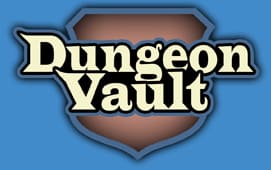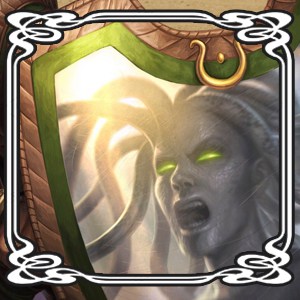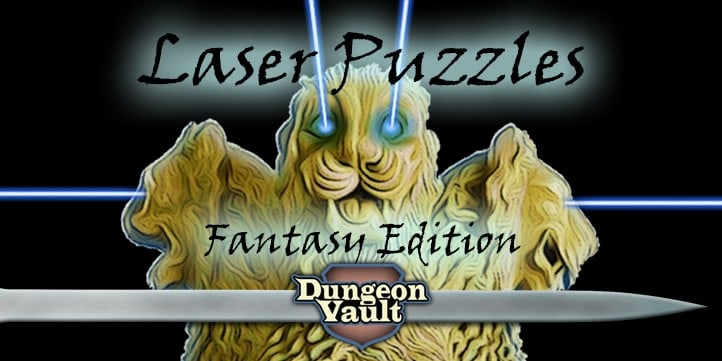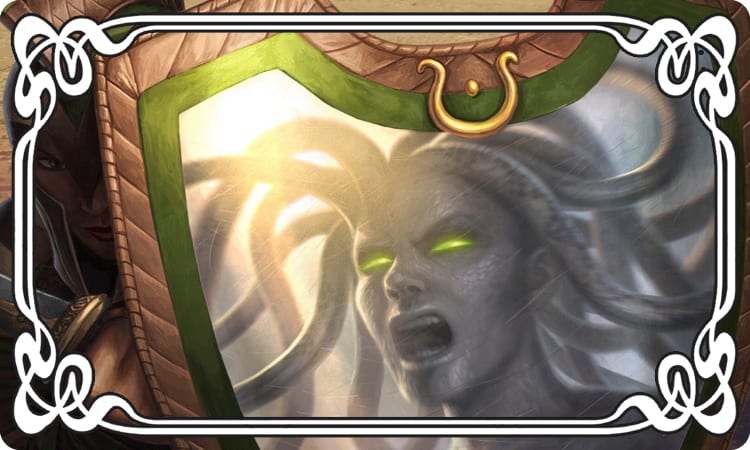
The light and mirror puzzle is a classic found in many fantasy computer games. But will they work just as well in your D&D game? The short answer is yes. You can simply copy and paste light and mirror puzzles from your computer game and put them in your D&D game. Players activate the light beams, move some mirrors around and shazaam! They’ve solved the puzzle. They play the same video games as you do and already know how to solve these types of puzzles, easy right?
But that is exactly the reason why you shouldn’t use classic light and mirror puzzles in your Dungeons and Dragons game. In fact, in our survey about D&D puzzles players did not rank mirror puzzles high at all. Players have solved these types of puzzles a million times before. There’s nothing new to figure out and the association with video games might take away from the story you are trying to tell instead of drawing them in.
So what’s a DM to do?
Here are some puzzles that use either light or mirrors that you’re players probably haven’t seen before.
Laser Puzzles: Light beams galore
With laser puzzles you get a room full of four-headed lion statues that shoot light beams from their eyes. Yes, it’s a little bit weird but also but guarantees your players haven’t seen this puzzle before. So how does it work?
Players can tab the feet of the statues to either activate or deactivate a light beam. With four lion head to each statue there a maximum of eight light beams that can shoot from a statue. These light beams shouldn’t just go of in the distance. Players must try to connect all statues in a very specific way.
Once all statues are connected through the light beams, a door opens, characters hear the spirit of the statue speak to them, or anything you want happens that pushes the story forward.

These light puzzles are very simple to use. Just print and play. They come with a ton of premade puzzles designs, but you can also create your own to fit your dungeon.
While the light puzzles I designed don’t have any mirrors you can very easily add mirrors to the setup. So if you want a light beam to go around a corner before connecting to a different statue, you can just add a mirror. Adding mirrors also makes the puzzle a lot more difficult to solve. While lion-statues can’t be moved, mirrors can. And that leads to a lot of new possibilities.
Scifi light and mirror puzzles
I have also created a scifi themed version of this laser light puzzle. With this version the light beams shoot from computer chips. You could use them as an artificer puzzle, on the plane of Mechanus, or with any mechanical construct really.
Maybe your players are fighting a gargantuan construct. They must find a way into the creature and restore its failed circuitry. Or that flying ship they found is starting to show signs of wear. A player can even have their warforged require regular maintenance by adding this type of puzzle. Plenty of ideas that still fit many a D&D setting.
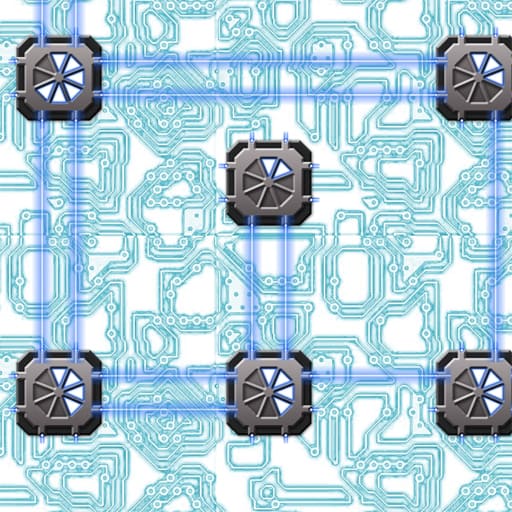
Just like with the first design adding mirrors to this puzzle can greatly add to its complexity.
But it you’re looking a different use for mirrors in puzzles you can take some inspiration from fantasy literature. There’s the mirror, mirror on the wall, the vampire that doesn’t show in a mirror, the ghost that only shows when viewed through a mirror, the medusa that turns you to stone unless viewed through a mirror, there’s mirror portals that lead to a slightly different version of your world, mirrors that trap evil entities, divination mirrors. The list goes on and on. We can do a lot more than simply redirecting light.
As a puzzle designer I’m always looking for logic based rules in stories. And one thing that stands out from this list is that in some stories vampires can’t be seen through mirrors, while ghosts can only be seen through mirrors. And heroes are always visible with or without a mirror.
So for a puzzle design, you could place vampires, ghosts, a medusa, and heroes in a house of mirrors. Here they sometimes have direct line of sight to each other or are looking at each other through a mirror. Players now have to reason out who can see who. Maybe that vampire is just a human in costume. Or that eerie spot doesn’t really contain a ghost. Who knows? You do Dungeonmaster, you do!
If you are simply looking for a massive collection of illustrated D&D puzzles to choose from, check out the vault bundle. It has all the puzzles you possibly want, (and maybe even a few you didn’t know you wanted).
By Paul Camp
Cover image: Magic the Gathering
